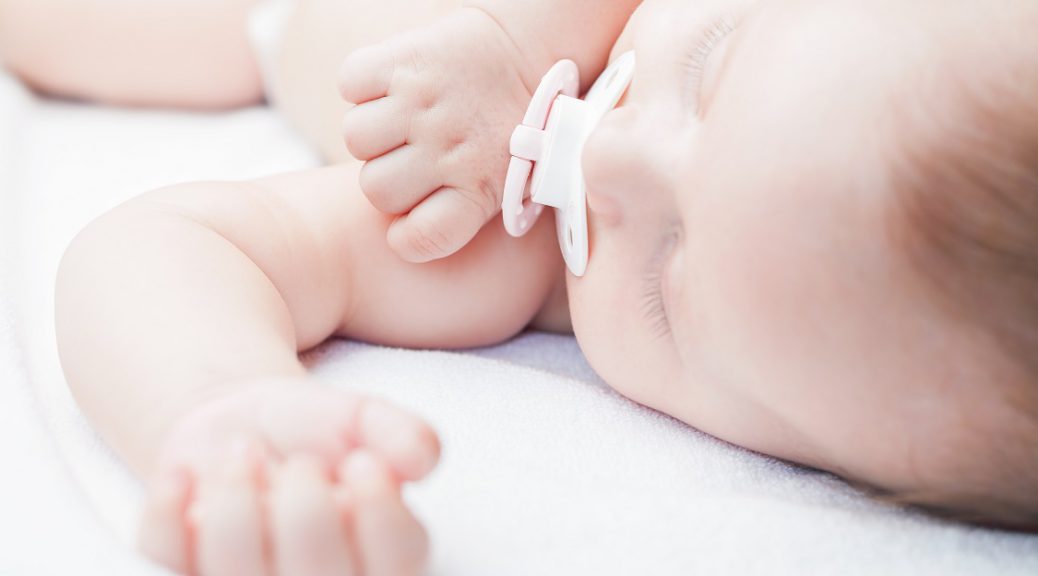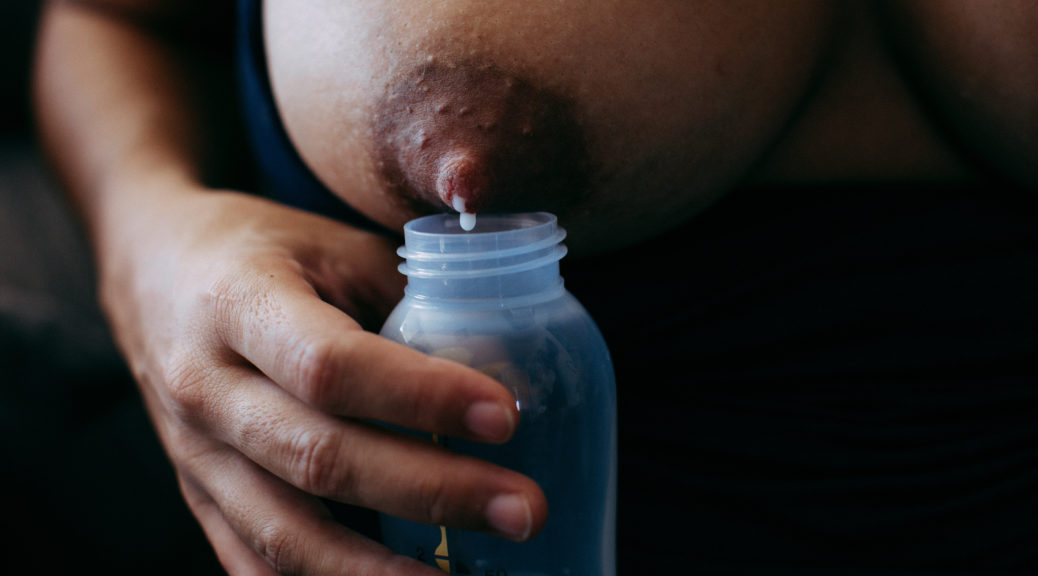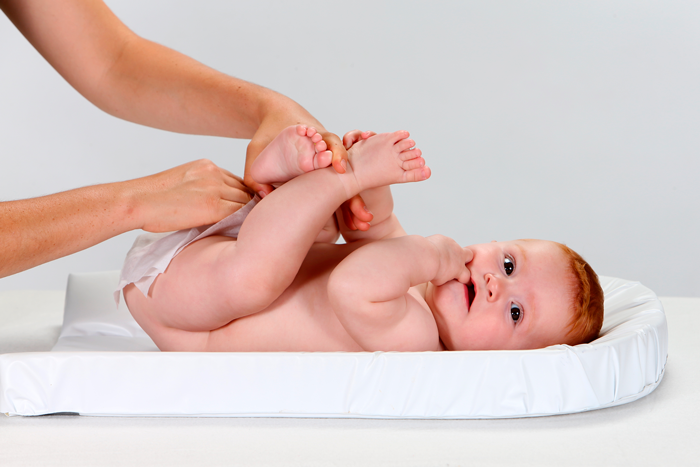Pacifier and breastfeeding: can I give my baby a pacifier?
Why is sucking so important for babies? Babies begin to develop the sucking reflex while still in their mother’s womb; this is a very important learning process that will allow them to feed as soon as they are born. So, one of the main functions of sucking is undoubtedly feeding. But does this sucking reflex have any other functions? Of course, sucking also has a restorative function for babies. Sucking produces a great deal of well-being in babies. When a…









